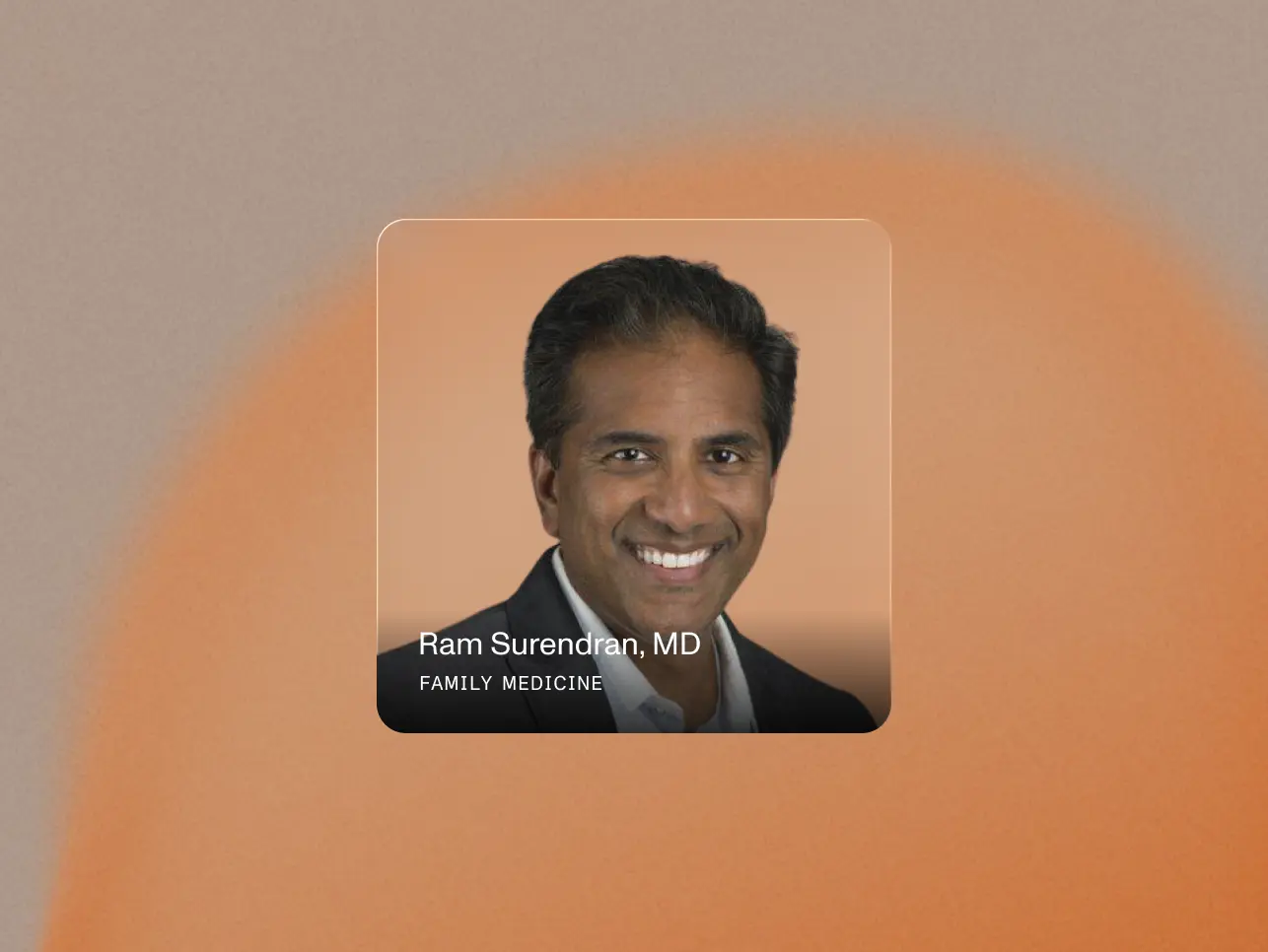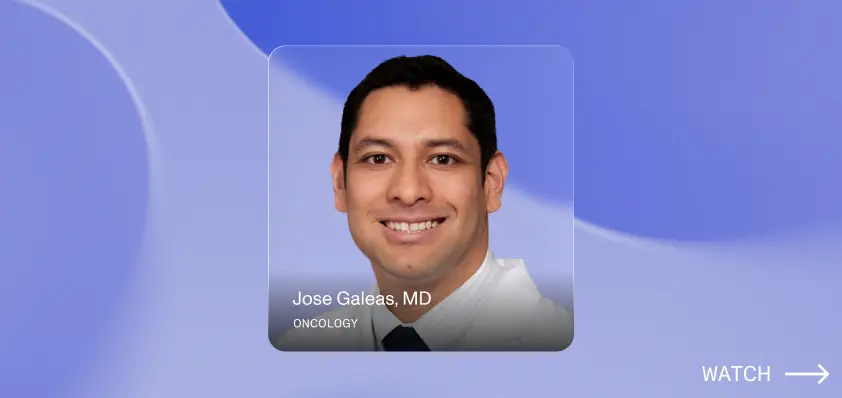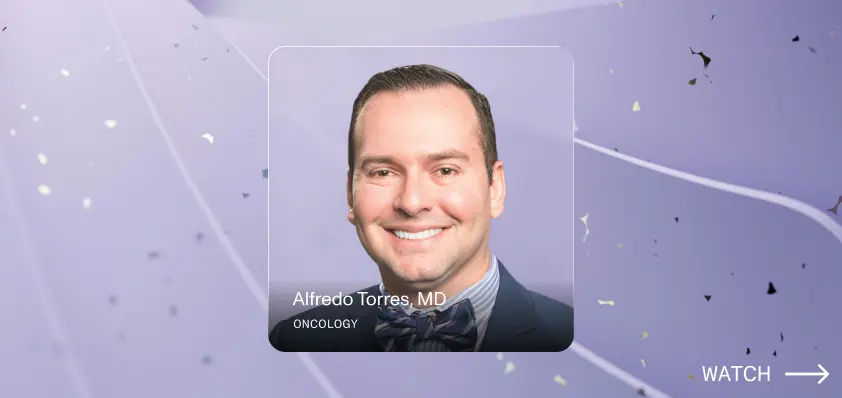How DeepScribe is elevating physician-patient relationships — “This doctor actually listens"
“DeepScribe has absolutely changed the way I deliver care. I’m sitting there looking at the patient. I’m all eyes and ears on that patient. That says a lot. Patients make comments on Google reviews saying, ‘this doctor actually listens.’ It’s quite different. I can actually sit there and talk to the patient, and when I’m the only one in the room, it gives that patient a sense of confidentiality." - Dr. Ram Surendran


How DeepScribe is elevating physician-patient relationships — “This doctor actually listens"
Efficient EHR documentation is a challenge for many physicians, including Dr. Ram Surendran, M.D., a family and internal medicine practitioner in Rochester Hills, Michigan. At one point, he was seeing up to 35 patients per day and working with live medical scribes—and it was simply unsustainable.
From live scribes to AI
Dr. Surendran was using live medical scribes to help generate accurate notes at his busy medical practice, where he was seeing 30 to 35 patients per day. This meant having scribes in the exam room and also having to oversee their work to ensure quality and accuracy for every patient chart. Turnover among the scribes was also high because many of them were also medical students who needed more time for their studies, which meant Dr. Surendran was almost constantly training new scribes.
He began to look at other options for creating notes and maintaining his EHR efficiently and even trialed some dictation and speech-enabled solutions, but wasn’t satisfied until he found DeepScribe. Its advanced ambient listening technology was really appealing, because it meant Dr. Surendran didn’t have to rely on medical scribes or transcription alone—he could simply talk to his patients.
“DeepScribe has absolutely changed the way I deliver care,” says Dr. Surendran. “I’m sitting there looking at the patient. I’m all eyes and ears on that patient. That says a lot. Patients make comments on Google reviews saying, ‘this doctor actually listens.’ It’s quite different. I can actually sit there and talk to the patient, and when I’m the only one in the room, it gives that patient a sense of confidentiality.”
By the Numbers
Patients per day: 20
Average appointment time: 11 minutes
Turnaround time on notes (avg): 60 minutes
“DeepScribe has absolutely changed the way I deliver care. I’m sitting there looking at the patient. I’m all eyes and ears on that patient. That says a lot. Patients make comments on Google reviews saying, ‘this doctor actually listens.’ It’s quite different. I can actually sit there and talk to the patient, and when I’m the only one in the room, it gives that patient a sense of confidentiality.”
Spending more time with patients
Dr. Surendran found DeepScribe easy to learn — a seamless experience that is as simple as switching on his phone and talking to his patients. His notes arrive quickly, require minimal edits, and are uploaded right into the discrete fields of his athenahealth templates. He saves time every day that was previously spent training scribes and correcting dictation. DeepScribe creates a consistent framework for his notes, prioritizing the most medically relevant information it extracts from each exam, even if it covers multiple interactions. For Dr. Surendran, maintaining his EHRs has become chiefly a process of quick review and sign-off rather than extensive revising.
After a year of using DeepScribe, he’s recommending it to colleagues and hoping other doctors in his practice will adopt it. “It gives me the opportunity to focus on other areas of the practice,” he says. “I have more time to go out and see patients in hospitals, nursing homes, and group homes. It gives me more flexibility to get more aspects of care [into my practice].”
text
Related Stories
Realize the full potential of Healthcare AI with DeepScribe
Explore how DeepScribe’s customizable ambient AI platform can help you save time, improve patient care, and maximize revenue.




